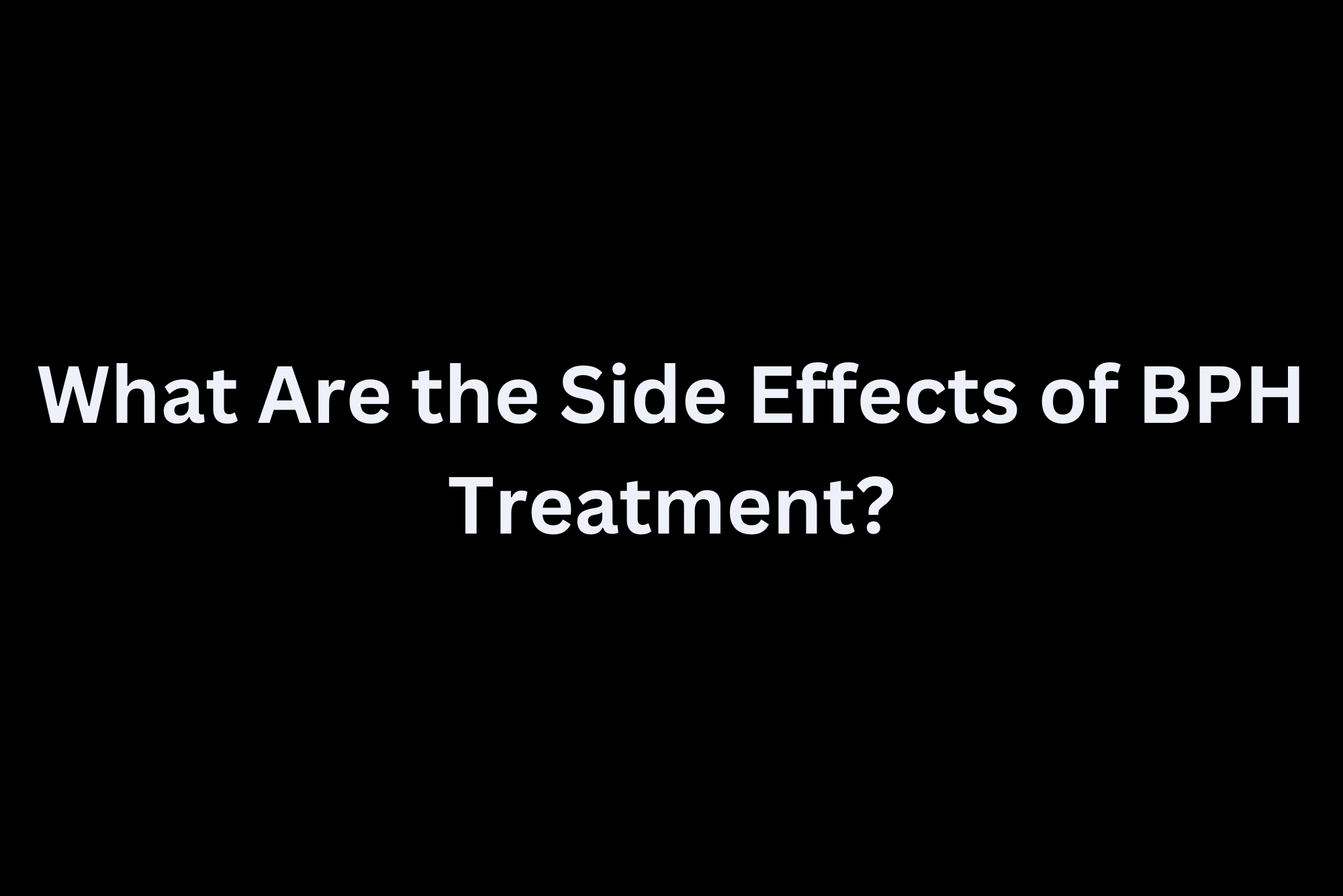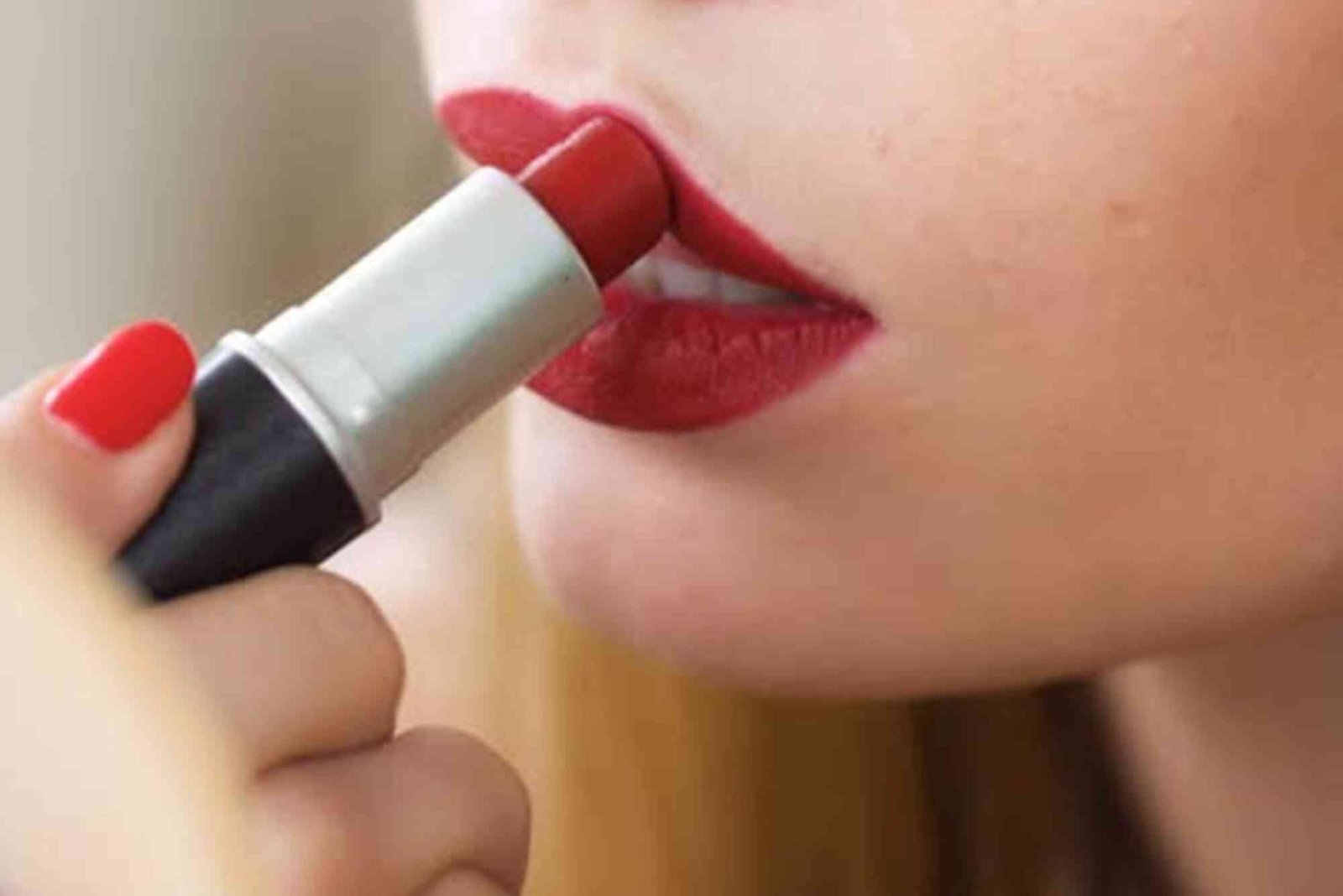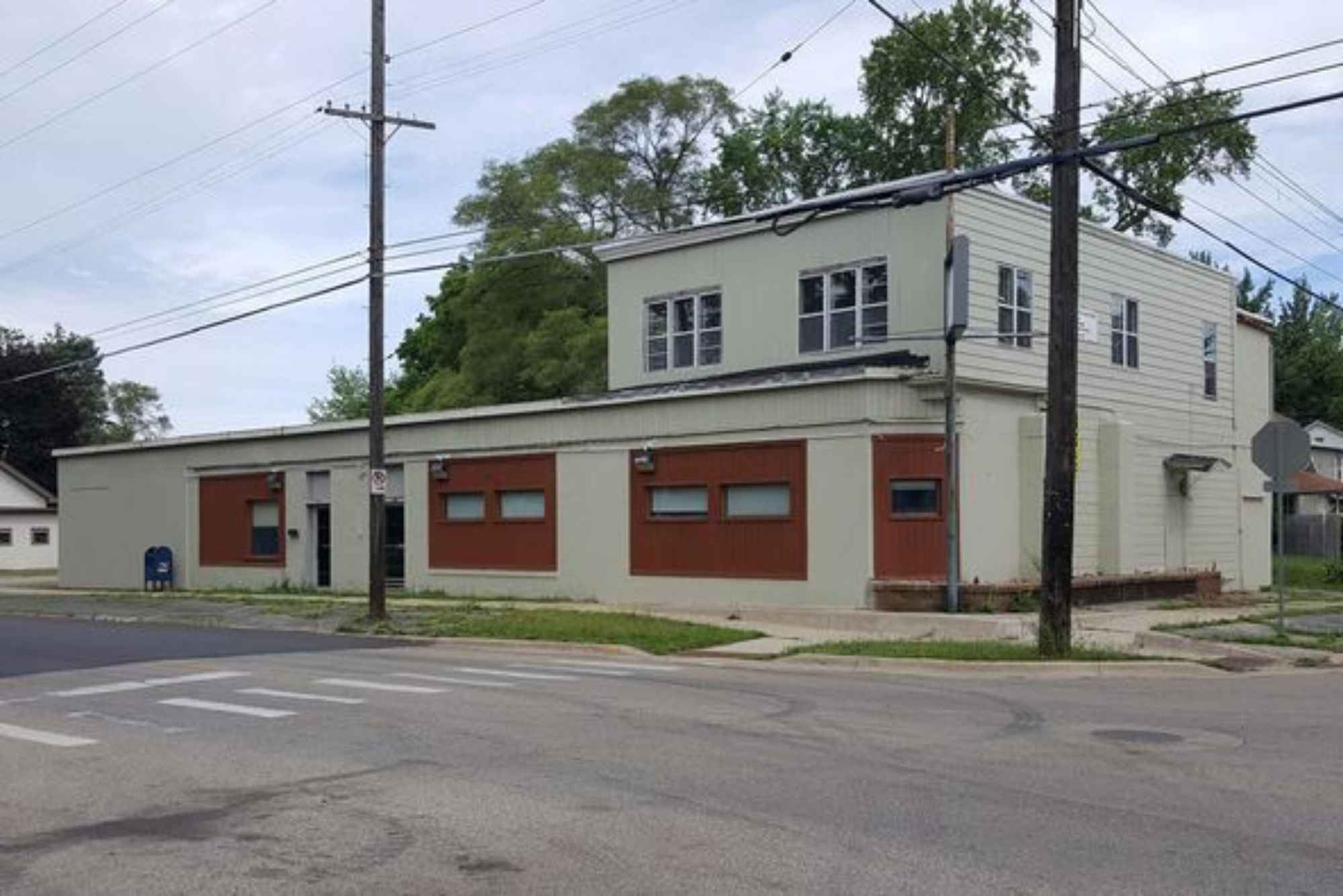Benign Prostatic Hyperplasia (BPH) is a common condition in aging men, characterized by the enlargement of the prostate gland. While BPH itself is not life-threatening, its symptoms—such as frequent urination, weak urine flow, and incomplete bladder emptying—can significantly impact quality of life. Various treatment options are available, ranging from medications to surgical procedures. However, each treatment method comes with potential side effects that should be carefully considered.
Understanding BPH Treatment and Its Impact
BPH treatments aim to alleviate urinary symptoms and improve overall prostate health. The most common options include medication, minimally invasive procedures, and surgery. The choice of treatment depends on factors such as the severity of symptoms, patient preference, and overall health condition. While effective, these treatments may lead to certain side effects that vary in intensity and duration.
Side Effects of Medications for BPH
Alpha-Blockers
Alpha-blockers are commonly prescribed to relax the muscles of the prostate and bladder neck, making urination easier. Although they are effective in reducing symptoms, they can cause side effects such as:
- Dizziness and lightheadedness
- Low blood pressure
- Fatigue and weakness
- Retrograde ejaculation (semen enters the bladder instead of exiting through the urethra)
For patients seeking a comprehensive guide to the best medicine for BPH, consulting a healthcare professional is crucial to choosing the most suitable treatment with minimal adverse effects.
5-Alpha Reductase Inhibitors
These medications work by shrinking the prostate gland over time, thereby improving urinary symptoms. However, they may lead to:
- Reduced libido
- Erectile dysfunction
- Breast tenderness or enlargement
- Depression and mood changes
These side effects are typically mild but can affect a patient’s quality of life, making it essential to weigh the benefits against potential drawbacks.
Side Effects of Minimally Invasive Procedures
Minimally invasive procedures, such as transurethral microwave therapy (TUMT) and transurethral needle ablation (TUNA), offer relief for moderate BPH symptoms. These treatments involve the use of heat or radiofrequency waves to shrink prostate tissue. Common side effects include:
- Temporary urinary retention
- Blood in the urine
- Burning sensation during urination
- Risk of urinary tract infections
While these side effects are generally short-lived, some men may experience prolonged discomfort requiring further medical intervention.
Surgical Treatment and Its Risks
Transurethral Resection of the Prostate (TURP)
TURP is considered the gold standard for severe BPH cases. This procedure removes excess prostate tissue to improve urine flow. While highly effective, it comes with risks such as:
- Heavy bleeding during or after surgery
- Retrograde ejaculation
- Urinary incontinence (in rare cases)
- Erectile dysfunction
Patients opting for BPH treatment should discuss the potential risks and benefits with their doctor to determine the most appropriate course of action.
Laser Surgery
Laser procedures, such as holmium laser enucleation of the prostate (HoLEP) and photoselective vaporization (PVP), offer an alternative to TURP. While they minimize bleeding risks, possible side effects include:
- Temporary difficulty urinating
- Irritation of the urethra
- Retrograde ejaculation
- Bladder spasms
Long-Term Considerations for BPH Treatment
Regardless of the chosen treatment, some men may experience lingering side effects. Long-term monitoring and follow-up care are essential to managing any complications. Patients should maintain regular check-ups with their urologist to assess treatment effectiveness and address any new concerns.
Managing Side Effects and Improving Recovery
To minimize side effects and enhance recovery after BPH treatment, consider the following:
- Staying hydrated to flush out irritants from the urinary tract
- Avoiding caffeine and alcohol, which can exacerbate urinary symptoms
- Engaging in pelvic floor exercises to strengthen bladder control
- Following a healthy diet rich in antioxidants and anti-inflammatory foods
- Communicating with a doctor about any persistent or worsening symptoms
Choosing the Right BPH Treatment for You
Selecting the most suitable BPH treatment requires a thorough discussion with a healthcare provider. Factors such as age, medical history, severity of symptoms, and personal preferences should be considered before making a decision. While all treatments come with potential side effects, a tailored approach can help minimize risks and improve outcomes.
For the latest health-related insights, expert advice, and medical updates, visit Business Mini. Stay informed about the best healthcare solutions and lifestyle tips to enhance overall well-being.















